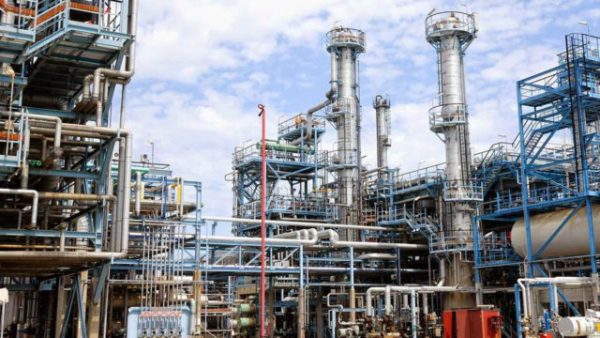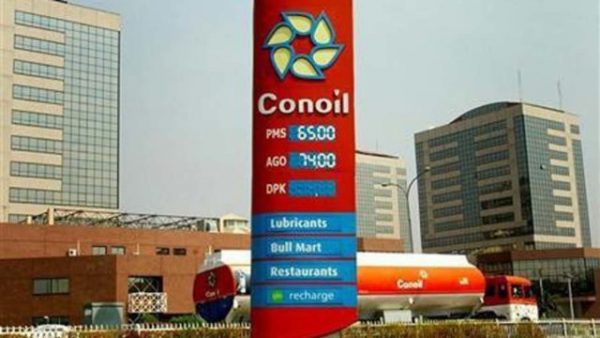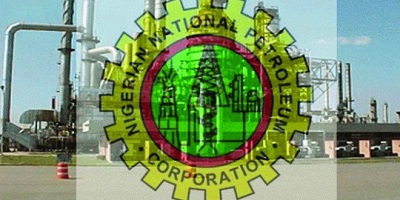NNPC Offers Its Oil at a Discount to Regain Market Share
 Nigeria has cut the price of every type of crude it sells in an effort to regain the share of the global oil market at a time when there’s a “huge” glut of cargoes.
Nigeria has cut the price of every type of crude it sells in an effort to regain the share of the global oil market at a time when there’s a “huge” glut of cargoes.
The Nigerian National Petroleum Corporation (NNPC) lowered by at least $1 a barrel its official selling prices (OSPs) for 20 out of 26 oil grades monitored by Bloomberg, according to pricing lists.
Qua Iboe, Nigeria’s largest export crude under normal circumstances, was reduced by the most since 2014.
The price reductions are due to a “huge cargo overhang” as the country attempts to regain market share, Mele Kyari, Group General Manager for the Oil Marketing Division at NNPC, said by phone.
Like every other producer country, Nigeria is grappling with prices that are less than half what they were in July 2014. What makes the African nation’s situation more acute is a militant campaign that resulted in export flows falling to the lowest in at least nine years earlier this year.
Shipments are gradually resuming, and lower prices are a sign Nigeria is seeking to become more competitive in an already oversupplied global market.
“It is a bearish signal for the light, sweet market,” Eshan Ul-Haq, principal consultant at KBC Process Technology Ltd., said in an e-mail, referencing the types of crude Nigeria mostly pumps. “In order to capture a higher share of the market, OSPs have to come down.”
Brent crude futures slumped as much as 2.1 per cent yesterday to $51.57 a barrel, the largest intraday decline since October 7. They were down 2 per cent at $51.64 at 2:17 p.m. on the ICE Futures Europe exchange in London.
NNPC cut the selling price of Qua Iboe for November to a 17 cent premium to the benchmark dated Brent, according to the price list, from $1.07. It reduced the price of Bonny Light to a 7 cent premium and Forcados to a 41 cent discount to dated Brent.
Five companies that market the nation’s crude have raised the issue of high official selling prices, Kyari said earlier this week. But he said yesterday that the pricing decisions were unrelated to those “complaints.”
The reductions take place as the Organisation of Petroleum Exporting Countries (OPEC) — of which Nigeria is a member — attempts to cut its combined output to 32.5 million to 33 million barrels a day in an effort to steady oil markets.
Nigeria has said it will be exempted from any production cuts, though final details of such an agreement have yet to be worked out.
Because an OPEC output cut would primarily affect medium and heavy crude grades, lower prices from Nigeria are likely to reduce the price differential between light and heavier oil, according to Ul-Haq.
Meanwhile, the World Bank yesterday raised its 2017 forecast for crude oil prices to $55 per barrel from $53 per barrel as members of OPEC prepare to limit production after a long period of unrestrained output.
The benchmark Brent crude price was down by 2.4 per cent to $51.38 per barrel yesterday.
But the World Bank estimated that energy prices, which include oil, natural gas and coal, were projected to jump almost 25 per cent overall next year, a larger increase than anticipated in July.
The revised forecast appeared in the World Bank’s latest Commodity Markets Outlook. According to the World Bank, oil prices are expected to average $43 per barrel in 2016, unchanged from the July report.
“We expect a solid rise in energy prices, led by oil, next year,” Senior Economist and lead author of the Commodity Markets Outlook John Baffes said.
“However, there is considerable uncertainty around the outlook as we await the details and the implementation of the OPEC agreement, which, if carried through, will undoubtedly impact oil markets.”
A modest recovery was projected for most commodities in 2017 as demand strengthens and supplies tighten. Metals and minerals prices are expected to rise 4.1 per cent next year, a 0.5 percentage point upward revision due to increasing supply tightness.
Zinc prices are forecast to rise more than 20 per cent following the closure of some large zinc mines and production cuts in earlier years.
Gold is projected to decline slightly next year to $1,219 per ounce as interest rates are likely to rise and safe haven buying ebbs.







